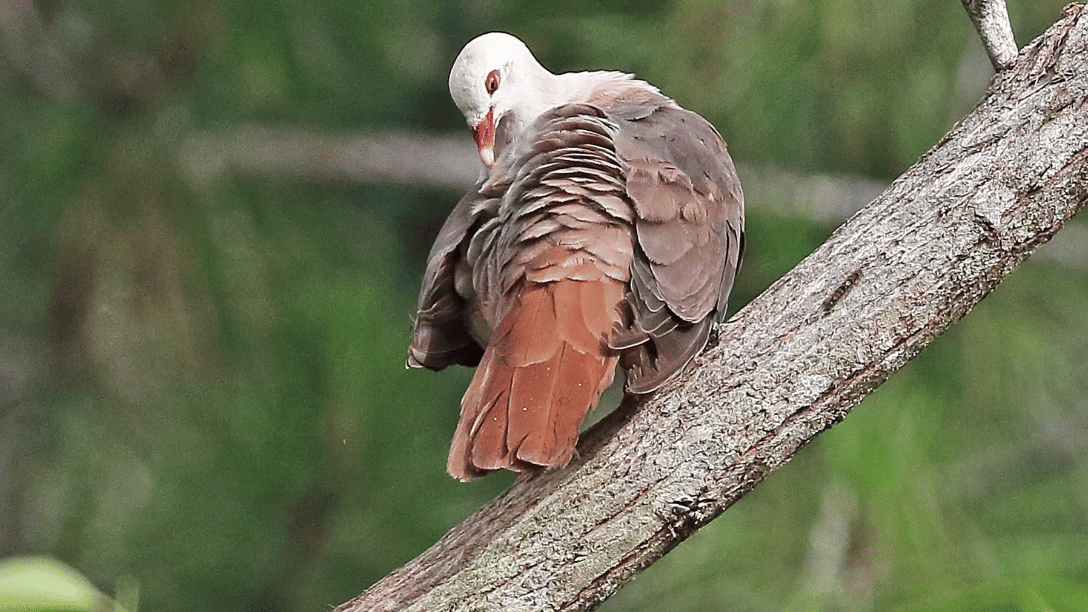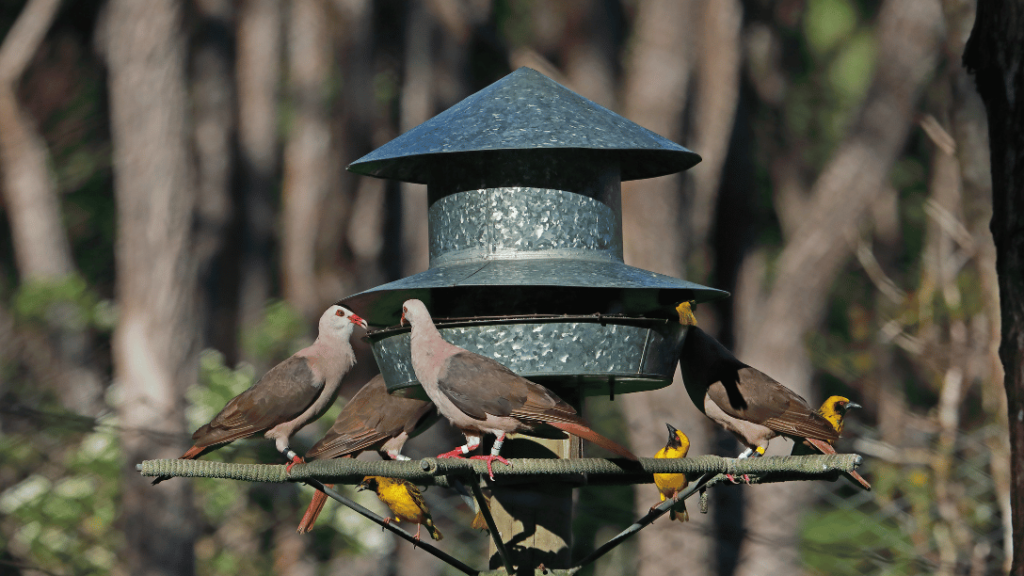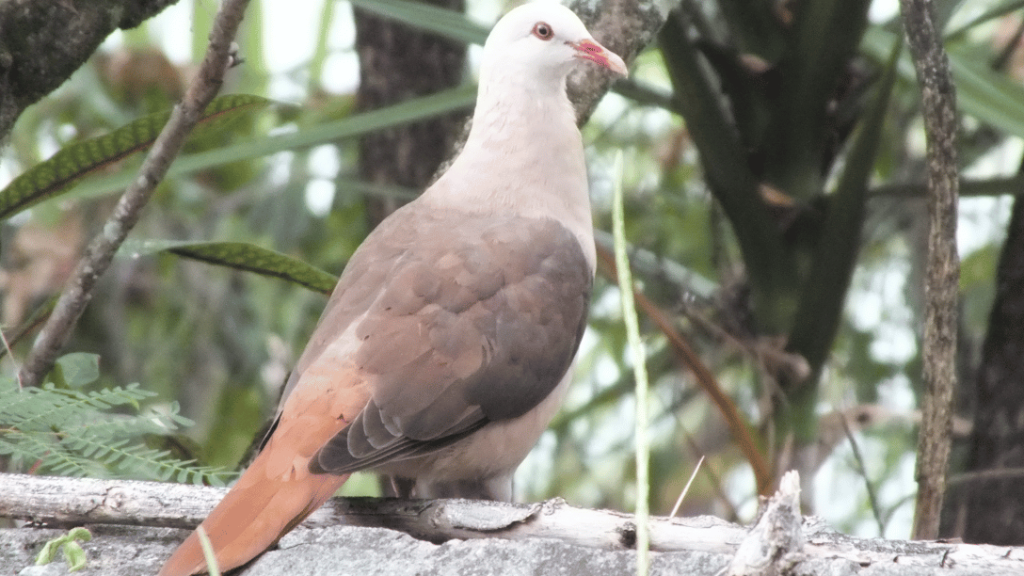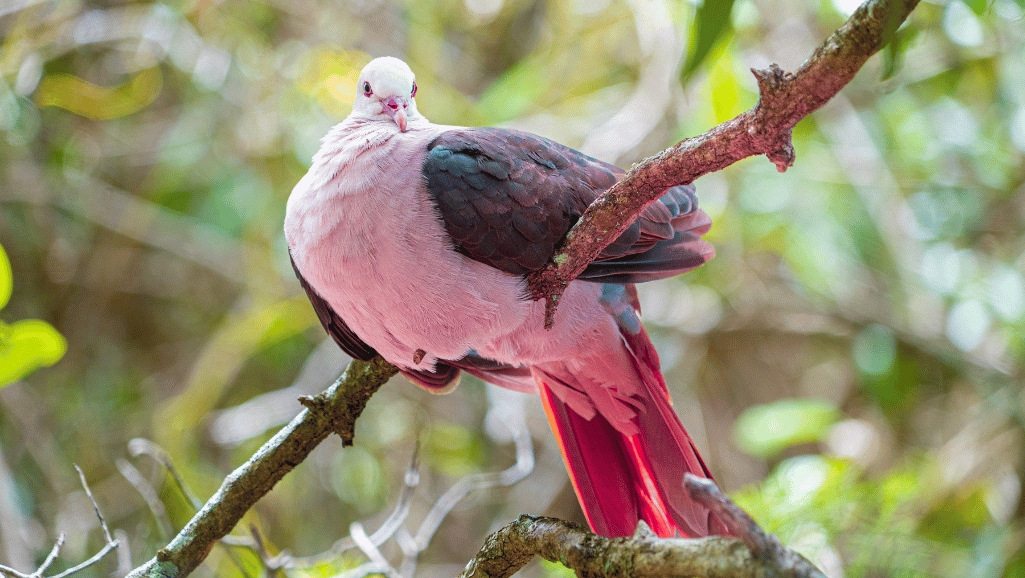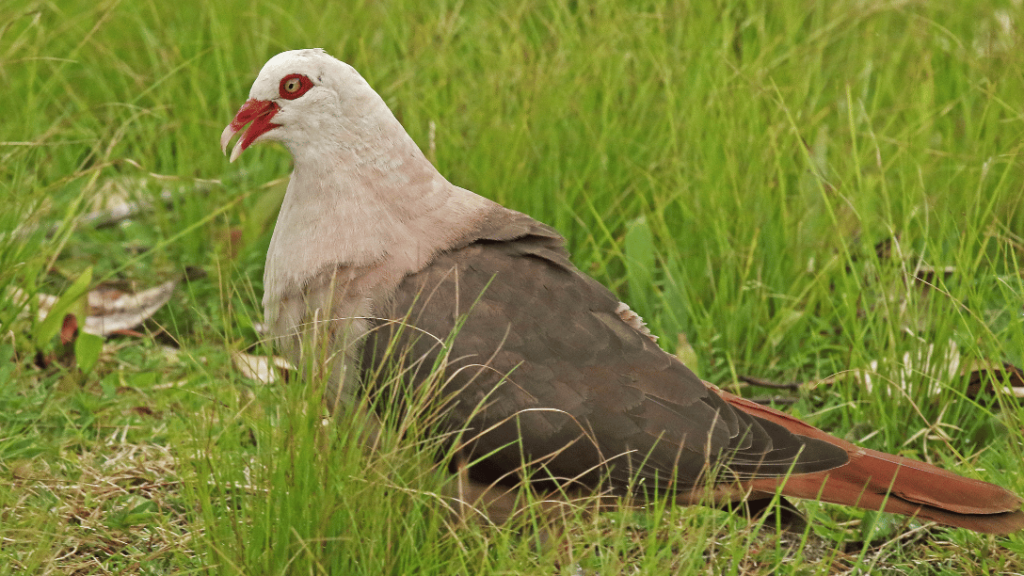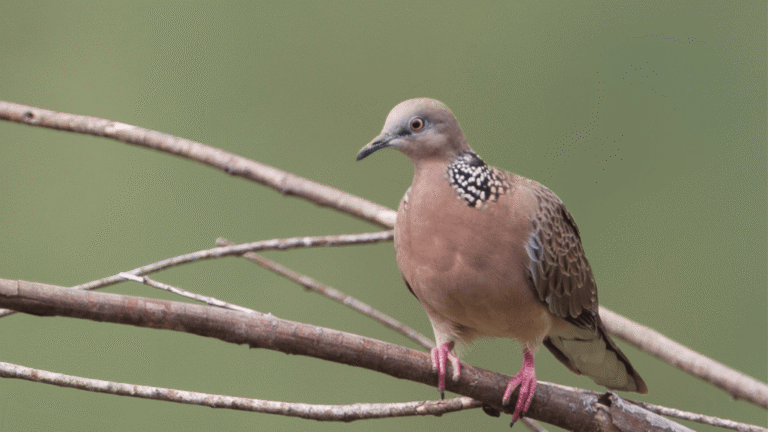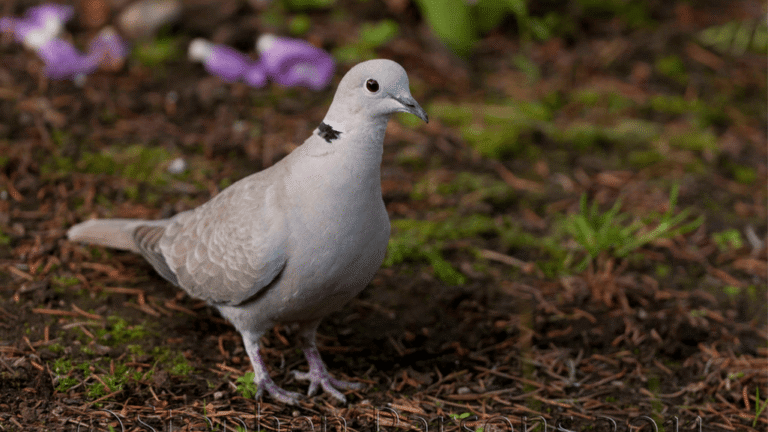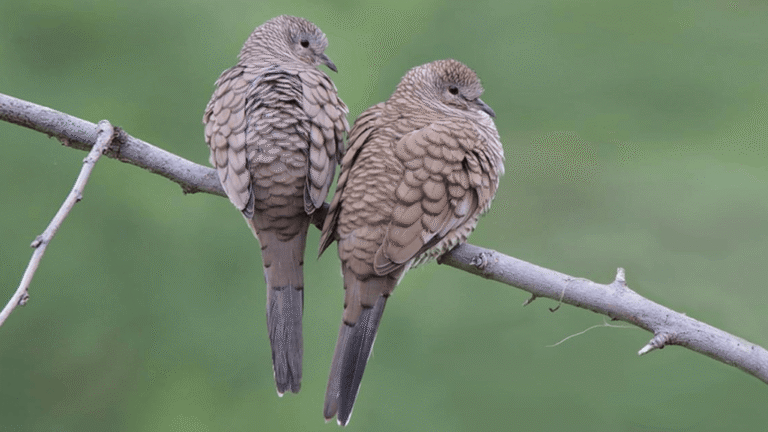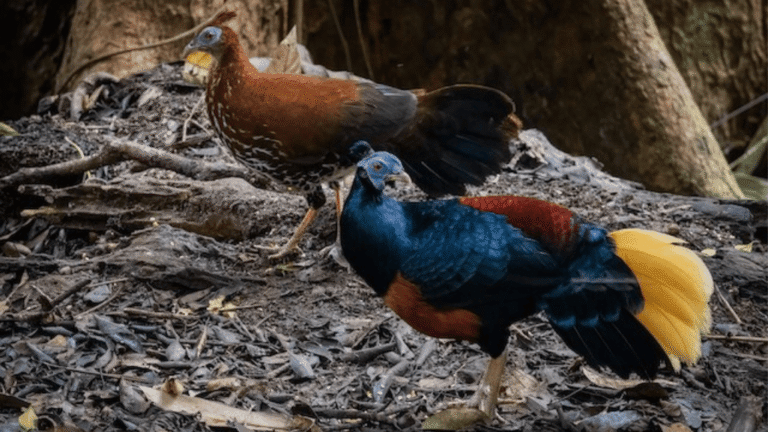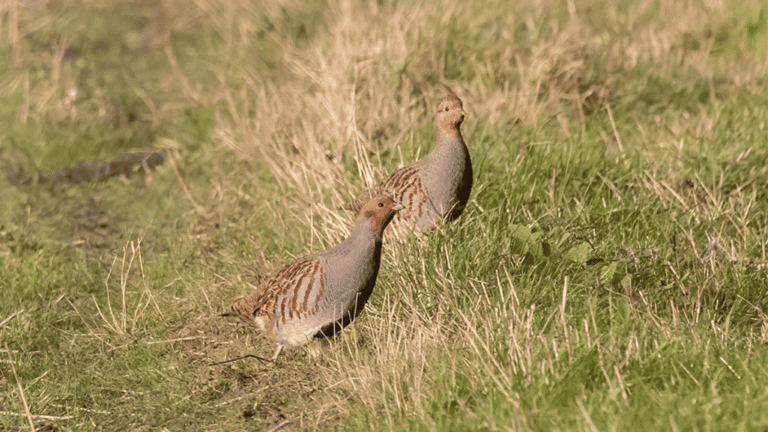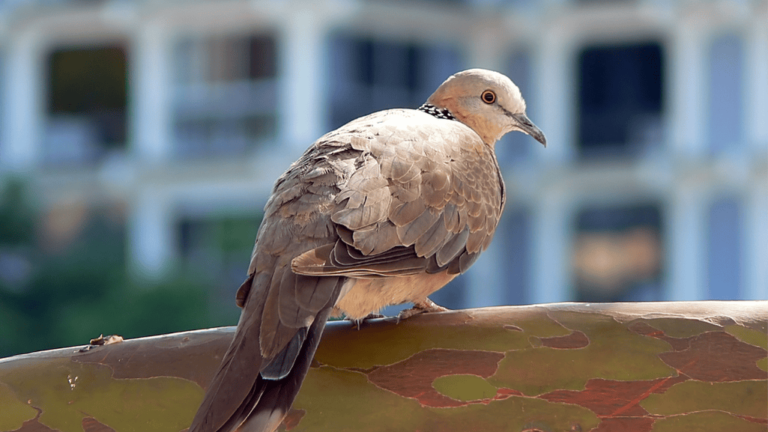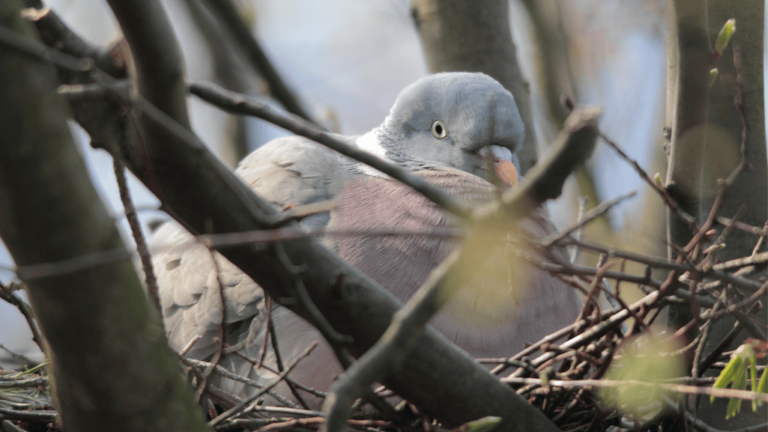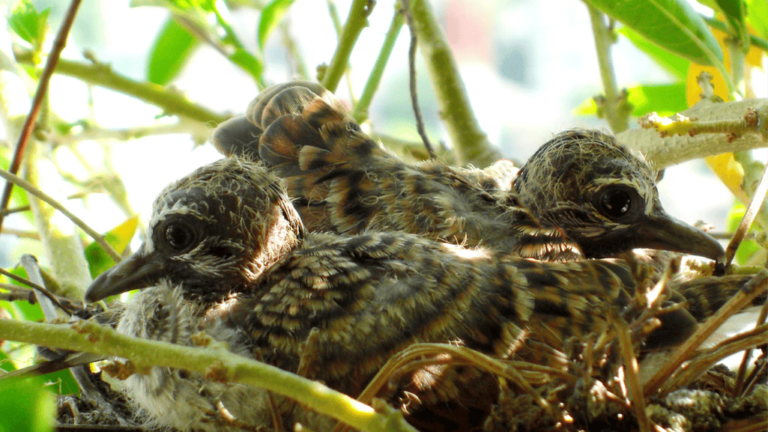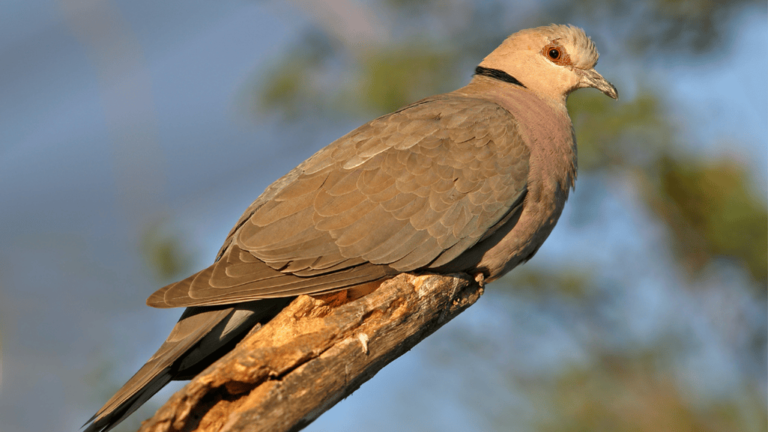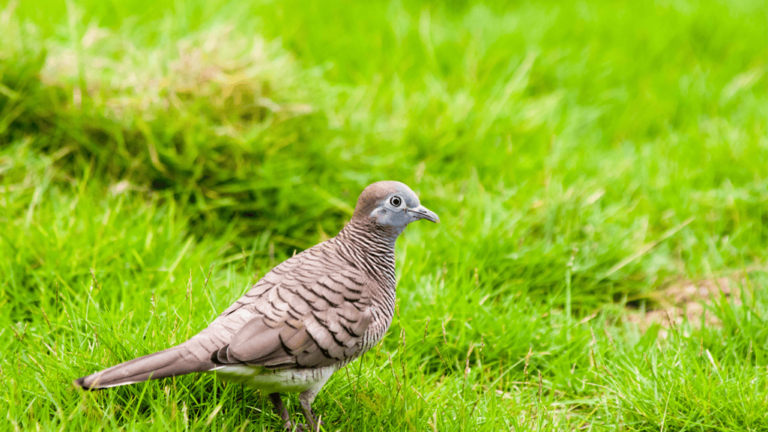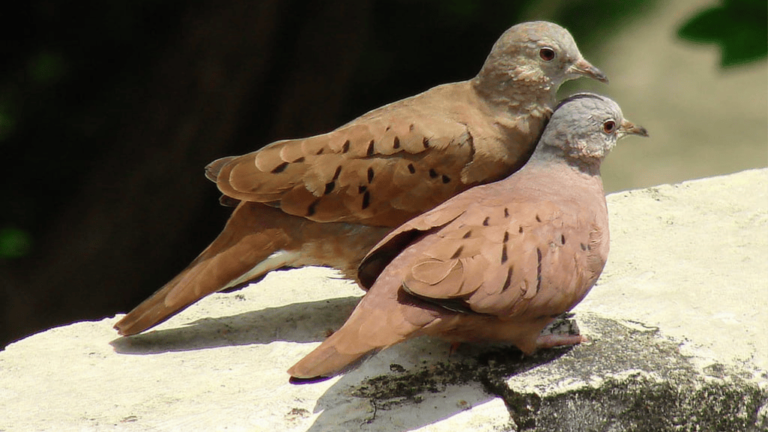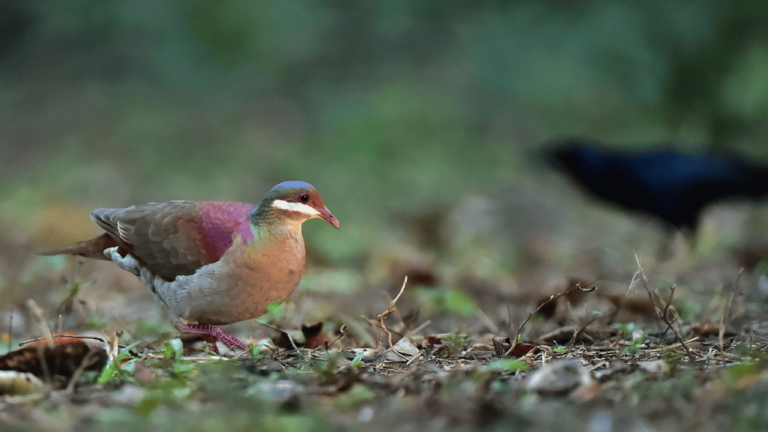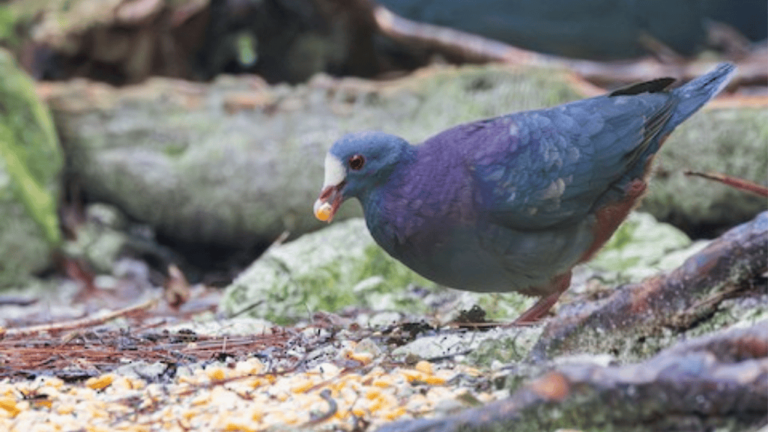The Pink Pigeon is a stunning example of nature’s beauty, found in Mauritius. It’s an endangered species that shows how fragile and beautiful our world is. This rare bird goes beyond the usual idea of pigeons, highlighting its unique traits. Thanks to conservation efforts, Mauritius protects these birds, showing a global commitment to our planet.
The Media Storehouse invites animal lovers and art collectors to see and buy art prints of the Pink Pigeon. This helps tell the story of saving and spreading awareness about these birds.
Key Takeaways
- Understanding the Pink Pigeon’s unique positioning within Mauritius‘ biodiversity.
- Recognizing the significance of conservation efforts for the survival of endangered species.
- Appreciating the distinctiveness of the Pink Pigeon as a rare bird in comparison to widespread pigeon species.
- Exploring the role of art and commerce in supporting wildlife conservation through actions like the Media Storehouse’s Pink Pigeon collection.
- Acknowledging the global challenge of protecting delicate species like the Pink Pigeon and the importance of collective efforts.
The Majestic Pink Pigeon: A Treasure of Mauritius
The Pink Pigeon is a symbol of conservation success in Mauritius. It’s a endemic species known for its pink feathers. This bird is loved by ornithologists and is key to the island’s biodiversity. It lives in places like Île aux Aigrettes, showing Mauritius’ commitment to protecting its wildlife.
| Species | Population | Location |
|---|---|---|
| Pink Pigeon | Approximately 300 | Île aux Aigrettes, Mauritius |
| Mauritius Kestrel | Numbers limited | Black River Gorges National Park |
| Echo Parakeet | Increasing due to conservation | Black River Gorges National Park |
The Pink Pigeon is a symbol of hope in ornithology. It shows that with conservation, species can recover from near-extinction. Thanks to efforts, the bird is thriving. Visitors help keep its habitats like La Vallée de Ferney pristine.
The Ornithology community sees the Pink Pigeon as a symbol of recovery and resilience. This endemic species highlights the importance of wildlife management and preserving habitats. Seeing the Pink Pigeon in nature motivates eco-tourists and nature lovers to support conservation efforts.
The Pink Pigeon’s recovery shows hope for other species and the environment. Places like Blue Bay Marine Park prove the success of conservation. With support and sustainable practices, Mauritius can protect this unique part of its heritage.
Understanding the Pink Pigeon’s Endangerment
The Pink Pigeon is a symbol of endangered species in Mauritius. It shows the big challenges faced by native wildlife. This bird is fighting for survival against many environmental threats.
The Plight of Endemic Species
Being an endemic species means the Pink Pigeon lives only in one place. In Mauritius, its home, the native forests have greatly decreased. Now, only 2% of the original forests remain, mostly around the Black River Gorge National Park. This makes the Pink Pigeon very vulnerable to extinction due to changes in the environment.
Factors Leading to the Pink Pigeon’s Decline
Many things have led to the decline of the Pink Pigeon. Habitat destruction and the arrival of non-native species are big reasons. These changes have upset the balance of nature, making it hard for the endangered species to survive. The loss of its home, mainly because of farming and city growth, has made things worse.
Conservation Status and Efforts in Wildlife Protection
The Pink Pigeon’s numbers were once very low, which led to big conservation efforts. These actions, like fixing habitats, breeding control, and controlling predators, have helped. Thanks to these efforts, there are now about 400 Pink Pigeons in the wild, up from just 10 in 1991.
In 2018, the IUCN said these efforts were working and changed the Pink Pigeon’s status from Endangered to Vulnerable. Studies and international work have also helped understand the Pink Pigeon better. This knowledge is key to helping the species recover.
The story of the Pink Pigeon shows how conservation can help endangered species. But, we must keep working hard to protect these animals. We need to make sure the Pink Pigeon and other endangered species in Mauritius have a future.
Ornithological Marvel: The Pink Pigeon’s Unique Characteristics
In the lush landscapes of Mauritius, the Pink Pigeon stands out as an ornithological marvel. It’s a rare bird that bird watchers and scientists love. The Pink Pigeon is known for its unique pink feathers and interesting behaviors. These traits make it different from other pigeons.
This pigeon is rare and beautiful, making it a focus of study in ornithology. Researchers and nature lovers come to see it. Its color and behavior make it a special pigeon.
The Pink Pigeon is more than just a bird. It shows how delicate the balance is between species and their homes. This highlights the need for conservation. The Pink Pigeon is a symbol of success in saving rare birds from extinction.
| Characteristic | Details |
|---|---|
| Plumage Color | Vibrant Pinkish Hue |
| Habitat Preference | Mauritian Forests |
| Dietary Habits | Seeds, Fruits, Occasionally Insects |
| Conservation Status | Endangered, with Revival Efforts Underway |
| Behavioral Traits | Social with a Gentle Temperament |
As more people get into bird watching and ornithology, we need to protect the Pink Pigeon and others like it. Its unique nature offers chances for learning and spreading the word. This helps with keeping nature safe through bird watching and studying birds.
The Role of Mauritius in the Pink Pigeon’s Survival
Mauritius is key to saving the Pink Pigeon, a bird once on the brink of extinction. Thanks to the island’s efforts, the bird population has grown. This shows how important island ecosystems are for protecting wildlife.
Island Ecosystems and their Impact on Bird Populations
Mauritius’s unique ecosystems have become a safe haven for the Pink Pigeon, one of the rarest birds. These environments support many plants and animals. They help the Pink Pigeon survive and reproduce.
Conservation Programs and Local Initiatives
Local conservation efforts have been crucial for the Pink Pigeon. These include restoring habitats, controlling predators, and breeding programs with zoos. The Mauritian Wildlife Foundation and partners are working hard to increase the Pink Pigeon’s genetic diversity and reduce their risk.
International Support for the Pink Pigeon
The world is backing Mauritius’s efforts to save the Pink Pigeon. Support comes from NGOs, donors, and conservationists globally. They provide the funds and know-how needed for conservation projects.
| Year | Population | Conservation Status |
|---|---|---|
| 1980s | 12 individuals | Critically Endangered |
| 2018 | 470 individuals | Vulnerable |
| Current | 500+ individuals | Vulnerable |
A Glimpse into Pink Pigeon Behaviors and Habitat
The Pink Pigeon is a symbol of successful wildlife conservation. It lets us study unique bird behaviors in a specific habitat. This helps us understand how it survives and reproduces.
Bird behaviors of Pink Pigeons include complex mating rituals and territorial disputes. They also have unique ways of finding food. These behaviors are key to their survival. The Pink Pigeon lives in the forests of Mauritius, where it prefers native plants and animals for nesting and eating.
The Pink Pigeon lives in just 2% of Mauritius’s native forests. These forests are vital for food, shelter, and safety from predators. Saving these habitats is crucial for the Pink Pigeon’s survival. This shows why wildlife conservation is so important.
- Conservation efforts have changed local land use. Old farms are now protected areas for wildlife.
- Educational programs teach locals why saving the habitat is important. This helps both the wildlife and the community.
Understanding the Pink Pigeon’s behaviors and habitat helps conservationists. They can make plans to help the Pink Pigeon survive in a changing world.
Conservation programs focus on restoring and protecting habitats. This is not just for the Pink Pigeon but also for other species in Mauritius. These efforts show how connected conservation can be.
Stories of Success: Rebounding Pink Pigeon Populations
The Pink Pigeon’s story is one of change from near extinction to strong recovery. This rare bird from Mauritius faced a dire situation but has made a comeback. Thanks to strong conservation efforts, it’s now moving towards a sustainable future.
The Journey from Near Extinction to Recovery
In the 1970s, only 20 Pink Pigeons remained, facing extinction. The 1976 captive breeding program was a turning point. By 2018, thanks to these efforts, the Pink Pigeon was moved from Endangered to Vulnerable status.
Notable Victories in Pink Pigeon Conservation
Conservation work has greatly increased the Pink Pigeon’s wild population. From just nine in 1990, there are now about 500. This success includes creating nine subpopulations in Mauritius, ensuring their survival.
Lessons Learned from Mauritius’ Rare Bird
The Pink Pigeon’s comeback teaches us a lot about saving wildlife. Methods like tagging, feeding, and controlling predators have helped. These strategies have also helped other threatened pigeon species around the world.
| Year | Population in Wild | Captive Population |
|---|---|---|
| 1986 | 12 | Several in Captivity |
| 1990 | 9 | Expanded to European Zoos |
| 2018 | 473 | 470 |
| 2023 (Target) | 600 (Goal) | Continuously Managed |
The Pink Pigeon’s recovery shows us hope and resilience. Its success highlights the power of global conservation efforts. It sets a high standard for saving our planet’s wildlife.
Exploring Pigeon Mystique: More than Just Urban Birds
The pigeon mystique goes beyond seeing these birds as just urban dwellers. The Pink Pigeon is special, not just for its bright color but also for being rare. It shows how pigeons are diverse and important to the environment, challenging simple views of these birds.
Pigeons have often been misunderstood and overlooked in bird watching and studies. But the Pink Pigeon’s story highlights their crucial role in nature. Unlike common city birds eating street food, the Pink Pigeon survives in specific places and needs our help to avoid extinction.
The pigeon family is full of interesting stories. From the tale of passenger pigeons, once the most common birds in the U.S., to efforts to save urban birds, pigeons have a long history with humans.
Bird watching fans and conservationists love the Pink Pigeon for its unique spot in pigeon world. By watching and studying these urban birds and their wild relatives, we learn to value pigeons more. This change helps us support efforts to save birds like the Pink Pigeon, which are fighting for survival.
In conclusion, the pigeon mystique is full of cultural, ecological, and bird-related stories. The Pink Pigeon invites bird watchers and environmentalists to rethink pigeons. By seeing the beauty and importance of these birds, we can work to protect them better.
Impact of Ornithology on Pink Pigeon Preservation
Ornithology has been key in saving endangered birds like the Pink Pigeon. Scientists have done important research to help protect this rare bird.
Scientific Research and Its Contributions to Conservation
Studies on DNA and genetics have helped us understand the Pink Pigeon’s needs. In the late 1980s, only 12 Pink Pigeons were left in the wild. Thanks to genetics, we now know how to increase their genetic diversity.
With help from NGOs and schools, the Pink Pigeon population has grown to about 400 birds. This shows how science can make a big difference in saving endangered species.
Changing Perceptions Through Education and Outreach
Teaching people more about the Pink Pigeon has changed how we see it. By sharing what scientists learn, more people want to help protect it. This has made saving the Pink Pigeon a community effort.
Future Prospects in Saving Endangered Avian Species
We have good chances of saving birds like the Pink Pigeon thanks to new science and public support. Using genetic rescue and bioinformatics is key to conservation. Fixing genetic issues, like diseases that harm Pink Pigeon chicks, is important.
Working together worldwide to bring back genetic diversity is also crucial. This approach combines science and community action to protect species like the Pink Pigeon.
The Pink Pigeon’s Influence on Environmental Policy
The story of the Pink Pigeon, a rare bird from Mauritius, has changed environmental policy in the area. This bird went from almost disappearing to having a chance at survival. Thanks to conservation efforts, there are now about 400 of them in the wild.
Groups like global zoos and local conservation groups have worked together to help the Pink Pigeon. They include the Mauritian Wildlife Foundation and Durrell Wildlife & Conservation Trust. Their work has led to successful programs to reintroduce the species and breed them in safe places.
Using GPS and detailed research has given us insights into where the Pink Pigeon likes to live and travel. This info helps protect them better. It also shows why keeping nature diverse is important, affecting environmental policies.
Predators like rats and cats are still a big problem for the Pink Pigeon. To fight this, conservation efforts have changed and improved. These efforts have helped increase the bird’s numbers and set new rules for controlling invasive species.
Creating good environmental policies takes ongoing work and proof, along with help from around the world. The success of the Pink Pigeon shows this. As more groups and governments work to save endangered animals, there’s hope for the Pink Pigeon and others.
Leveraging Technology for Pink Pigeon Monitoring
The conservation technology used to watch over the Pink Pigeon is key to saving this rare bird. It helps track their movements, check their health, and take steps to protect them. This way, we can keep the pigeon population safe.
Big steps forward have been made with technology in conservation efforts. For example, a project from September 1999 to September 2002 got £113,850 to improve how we track birds in Mauritius. This money helped make tracking bird populations better.
Like the Rainbow Lorikeet, the Pink Pigeon needs advanced conservation technology. Good conservation plans involve local people and the latest in genetics, like what Colossal Biosciences and the Mauritian Wildlife Foundation are doing.
| Project Activity | Date | Detail |
|---|---|---|
| Initial Staff Training in Mauritius | July-August 2000 | 10 person-weeks on advanced data management |
| Advanced Training on Monitoring Techniques | June-August 2001 | 20 person-weeks including ecosystem sampling methods |
| Final Evaluation and Seminar | May-August 2002 | 14 person-weeks with a public seminar in August |
Using advanced technology in the Pink Pigeon project helps now and for the future. It could even help save other birds from going extinct.
Conclusion
The story of the Pink Pigeon is more than just survival. It’s a tale of conservation success, showing how we can protect our planet’s biodiversity. With only about 470 Pink Pigeons left in the wild, they remind us of the balance in nature and how we can help or hurt it.
From almost going extinct in the 20th century to now having around 400 in the wild, their story is inspiring. This shows how important our help can be through protecting and breeding them in captivity.
Since 1977, conservation efforts have helped Pink Pigeons recover. But, they still face threats like big storms, losing their homes, and being eaten by invasive animals. These birds, living up to 20 years in captivity, show how hard work in conservation can pay off.
The Pink Pigeon is a symbol of hope for wildlife conservation. New methods like studying their genes help us make better conservation plans. Being listed as Vulnerable and Critically Depleted highlights the need for action.
We must keep working together to protect these birds and others like them. The success of the Pink Pigeon shows what we can achieve with dedication. Let’s keep up the good work to save these unique birds for the future.


